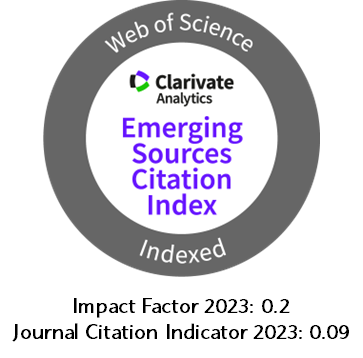Involving 4th generation district heating technologies: residential buildings in remote areas of Russia
DOI:
https://doi.org/10.5377/nexo.v35i02.14633Keywords:
Heat, Energy, Pump, Demand, Electricity, Boiler, SubstationAbstract
This study aims to justify the possibility of expanding the energy and economic efficiency of a district heating [DH] system. The case study territory is a remote area of the Omsk region (Russia); the method is electric heating. To address this issue, we (1) considered the potential of modernizing these DH systems, (2) analyzed available options, (3) designed the main and auxiliary heat generation equipment, and (4) committed a feasibility study. The design heat consumption was 0.24 MW. To achieve this goal, we suggested two heat pumps; their capacity was 280 kW, and the investment required to install two heat pumps of 150 kW was 2.6 billion rubles. The total capital cost was 4.0 billion rubles. The annual effect after the heat pumps were installed was 0.7 billion rubles. The payback period was 5.6 years; to decrease it, one should install multiple heat pumps on the consumer side. The reason is to avoid heat distribution losses. Replacing traditional DH plants with electric boilers is feasible only if the cost of heat is 6,600 rubles per MWh or above. This cost has already been achieved for several DH plants. Ground source heat pumps are viable at lower prices, approximately 4,100 rubles per MWh. This option is especially helpful in remote areas of the Omsk region where the billing tariff is already high. When modernizing the heat supply infrastructure of the northern areas of the Omsk region, one can increase annual electricity consumption by 6%, decrease tariffs, and become more ecologically friendly at the same time.
Downloads
276
Downloads
Published
How to Cite
Issue
Section
License
Copyright (c) 2022 Universidad Nacional de Ingeniería

This work is licensed under a Creative Commons Attribution 4.0 International License.
The authors who publish in Nexo Scientific Journal agree to the following terms:
- Authors retain the copyright and grant the journal the right of the first publication under the license Creative Commons Attribution License, which allows others to share the work with a recognition of the authorship of the work and the initial publication in Nexo Scientific Journal.
- Authors may separately establish additional agreements for the non-exclusive distribution of the version of the work published in the journal (for example, in an institutional repository or a book), with the recognition of the initial publication in Nexo Scientific Journal.
- Authors are allowed and encouraged to disseminate their works electronically (for example, in institutional repositories or in their own website) before and during the submission process, as it can lead to productive exchanges, as well as earlier and greater citation of published works.











